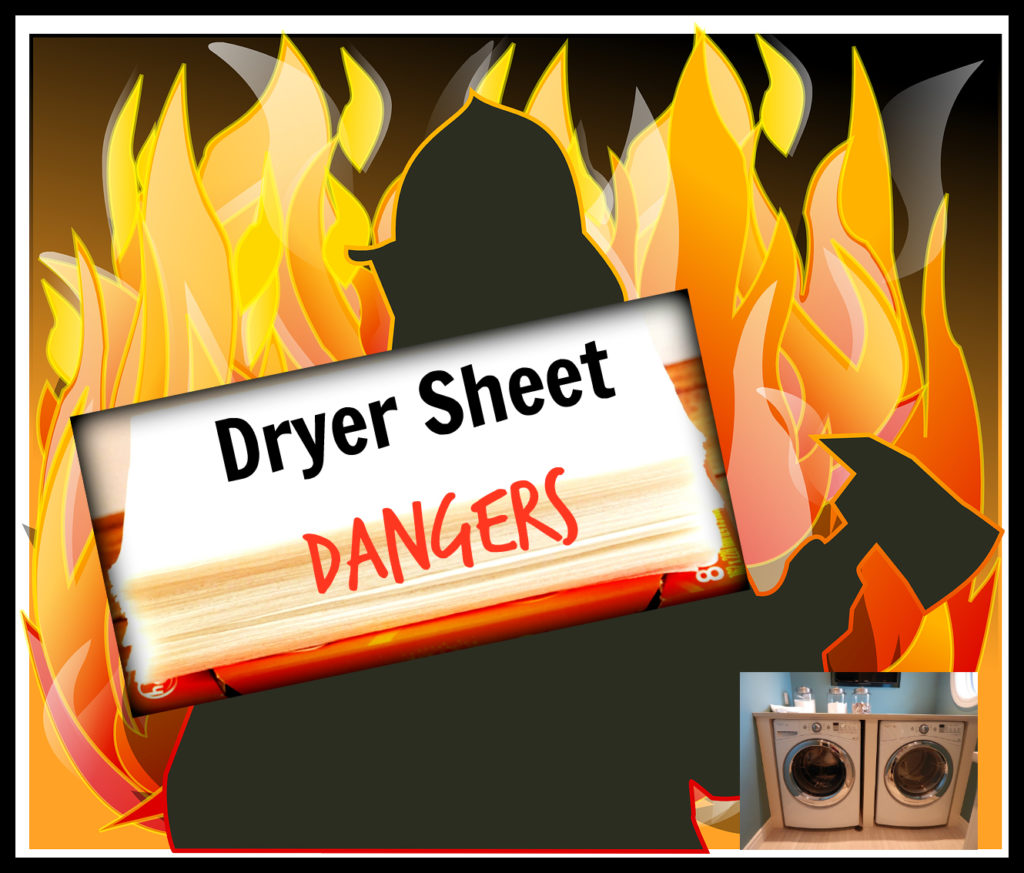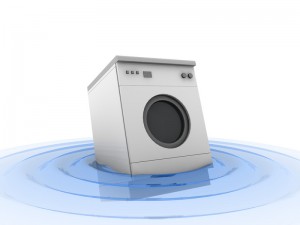CBS Philly 3 Reporter, Susan Barnett, has exposed a horrible danger lurking in your laundry room or bedroom closet: pop-up laundry hampers. Ever popular, these seemingly innocent wire- framed laundry hampers or spring-tension hampers have been responsible for serious injuries. Several children have been blinded by pop-up laundry hampers.
The danger lies in the wire encircling the top frame of the pop-up hamper. The top hamper wire breaks away from its encasement and the sharp tip is left exposed.
Keon Reeve, an 11 Year-old victim, described the wire expulsion in this manner ” “I was putting clothes in the basket and it popped out, like, real fast,” Keon’s eye was slashed by the tip of the spring-tension laundry hamper. His ophthalmologist, Iris Kassem, pessimistically states ““The chance of him having good vision in the end is unlikely”.
Unfortunately, this is not first time Dr. Kassem has treated an injury from a wire-framed laundry hamper in her practice. She has also treated a 23 month-old patient who sustained a similar devastating eye injury.
A lawyer who represents young Keon Reeve, Michael Kedzie, has described the pop-laundry hazard as follows: “The fabric is so thin and the stitching is so inadequate that it allows the coil to just pop out.
Curiously, the Consumer Product Safety Commission, only has one listing of an injury sustained by a wire-framed laundry hamper. However, both parents of the young victims cited in this article are preparing legal actions. Additionally, CBS Philly reports that a lawsuit involving a pop-up laundry hamper injury was recently settled for $665,000.
The one injury report on the CPSC website, submitted by a consumer, details a mesh laundry hamper purchased at the retailer Dollar Tree. The cited manufacturer is GREENBRIER INTERNATIONAL with a brand name of Laundry Essentials. The 48 year-old female victim described the 2012 incident as follows:
http://www.dollartree.com/Laundry-Essentials-Mesh-Pop-Up-Hampers/p320736/index.pro
When I went to pick it up by the handle a wire inside it broke and gashed my forearm.
My forearm required medical attention and I received 5 stitches and had to get a tetanus shot.
Upon further inspection of this product it appears to be made with some type of extremely sharp wire.
I have emailed Dollar Tree and tried to contact via phone and have not gotten any response back”









